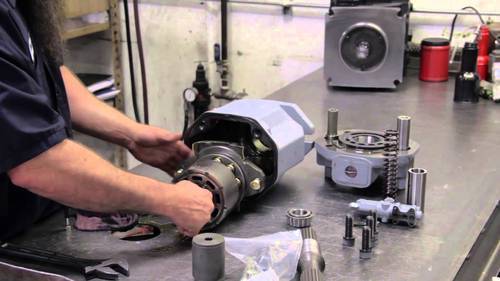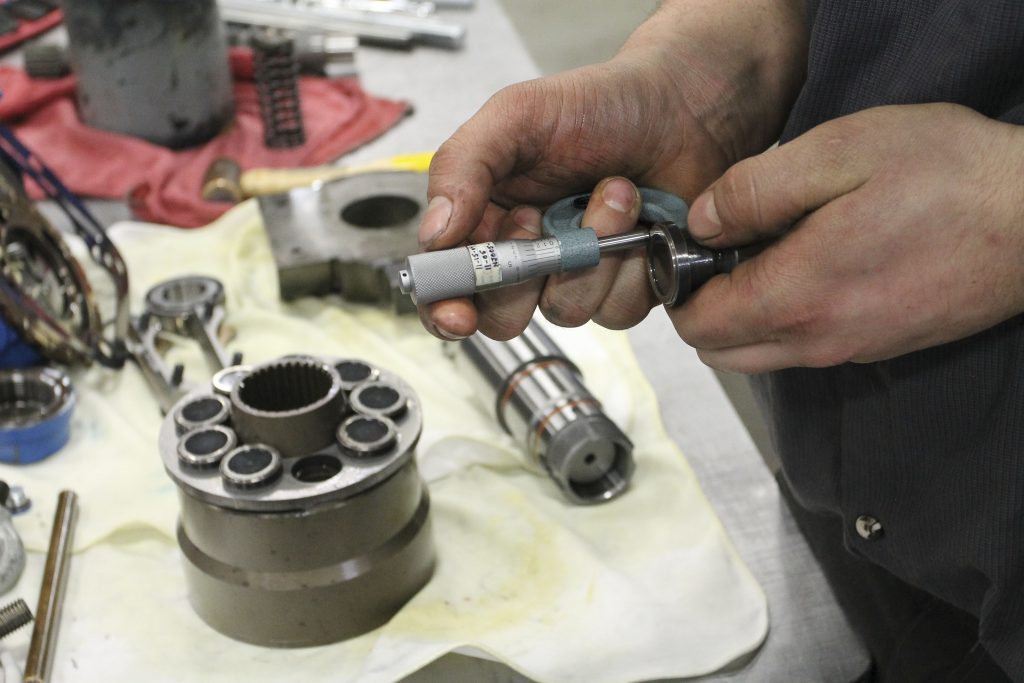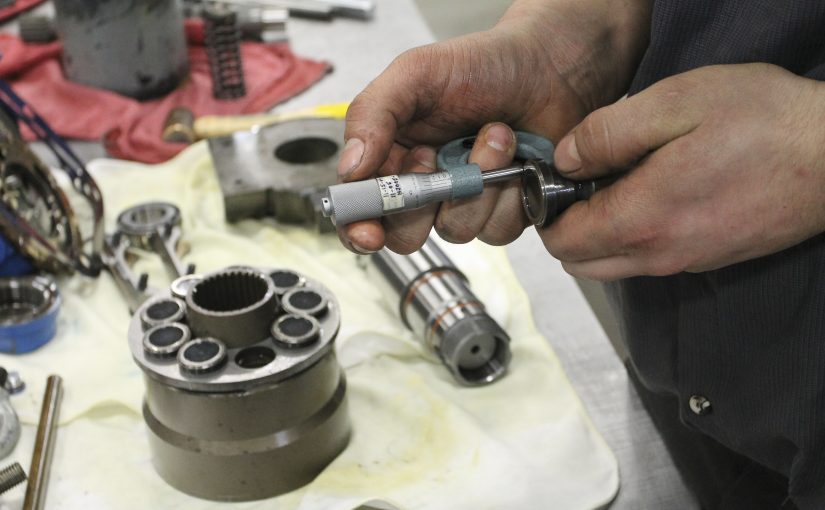Hydraulic pumps are often used in industrial and commercial settings to move fluids, such as water or oil. When they fail, they can cause a lot of damage. In this article, we will look at some of the most common causes of hydraulic pump failure and how to diagnose and fix them.
1. Lack of fluid
One of the most common causes of hydraulic pump failure is a lack of fluid. If the pump is not receiving enough fluid, it will not be able to operate. To diagnose this issue, you will need to check the fluid level and pressure in the pump. If there is a lack of fluid, you may need to replace the pump.
2. Filters
A dirty filter can also cause a hydraulic pump to fail. If the filter does not have enough airflow, it will become clogged up and prevent the pump from working properly. To diagnose this issue, you will need to inspect the filter and see if it has any debris or cracks. If so, you will need to replace the filter.
3. Gears
If the gears in the pump are worn out, they can become stuck or jamming and prevent the pump from operating properly. To diagnose this issue, you will need to inspect the gears and see if they are damaged or misaligned. If so, you will need to replace them.
4. Pumpskins
If water is being forced into the engine instead of out, it can overload the pump and cause it to fail. To diagnose

What is a hydraulic pump?
A hydraulic pump is a device used to convert energy from a fluid into motion. Hydraulic pumps are used in a variety of applications, such as mining, industrial manufacturing, and water treatment.
A hydraulic pump consists of a cylinder filled with a fluid, such as oil or water. The cylinder is attached to a system that creates a pressurized flow of the fluid. This flow is used to move objects or fluids.
What are the different types of hydraulic pumps?
Hydraulic pumps come in a variety of shapes and sizes, each suited for a specific application. Here are the four main types of hydraulic pumps: rotary, vane, screw, and diaphragm. Rotary pumps work by using a spinning rotor to create pressure in the fluid being pumped. Vane pumps use vanes to move the fluid through the pump. Screw pumps use screws to increase or decrease the pressure in the fluid being pumped. Diaphragm pumps use a flexible diaphragm to create pressure in the fluid being pumped.
How do hydraulic pumps work?
A hydraulic pump functions by using the pressure of a fluid to move objects. When you press down on a plunger in a hydraulic pump, the plunger creates a pressure difference between the inside and outside of the pump. This difference in pressure causes the fluid to flow from the reservoir to the output.
What can cause a hydraulic pump to not work?
There are a few potential reasons why a hydraulic pump may not be working. Here are some of the most common causes:
-A clogged pipe: If the hydraulic line becomes blocked, the pump cannot function. Check the line for any debris or blockages, and clean them if necessary.
-A broken or defective pump: Sometimes a broken or defective pump will just stop working altogether. If you’re unsure whether your pump is broken, try using a different source of power to see if the problem persists. If not, it may be time for a replacement.
-A worn or damaged belt: Belts can wear out over time, causing the pump to stop working. Check the belt for cracks or signs of wear and replace it as needed.
-A lack of oil: If the pump doesn’t have any oil in it, it will likely not work. Check to see if there is any oil residue in the reservoir or line where the pump is connected, and add more if necessary.

How to determine if your hydraulic pump is working
hydraulics are a critical part of any machine, and malfunctioning pumps can lead to dangerous situations. Here are some easy ways to determine if your pump is working:
-Check the oil level in the hydraulic tank. If the oil level is low, the pump may not be able to operate as efficiently.
-If the pump is connected to a power supply, check to see if the power is being outputted. If the pump is not outputting power, it may be defective.
-If the hydraulic reservoir is empty, then the pump may be defective.
Symptoms of a broken hydraulic pump
If you’re noticing that your hydraulic pump is not working, there are a few things to check first. Below are some of the most common symptoms of a broken hydraulic pump.
-The engine will not start
-The vehicle will not move
-There is a roaring noise when the vehicle is in motion
How to test if a hydraulic pump is working properly
HYDRAULIC PUMPS ARE CRUCIAL IN MANY INDUSTRIES, FROM AGRICULTURE TO MACHINERY REPAIR. IF THEY ARE NOT WORKING PROPERLY, PEOPLE CAN BE DISABLED FROM PRODUCING THE FOOD THEY NEED OR FACING SERIOUS EQUIPMENT FAILURE. HERE IS AN EXPLAINED STEP-BY-STEP PROCESS FOR TESTING A HYDROCLUBE PUMP.
1) Shut off the power to the pump. Many times, the problem can be traced back to incorrect wiring.
2) Check for continuity between the terminals on the pump. If there is continuity, then the pump is operational. If there is no continuity, then the pump may need to be fixed or replaced.
3) Check for oil pressure by pressing down on one of the pistons with a wrench. The higher the oil pressure, the more likely it is that the pump is working properly. If there is no oil pressure, then the pump may need to be fixed or replaced.
4) Test for flow by pumping water from a reservoir and measuring how long it takes to reach
How to fix a hydraulic pump that is not working
If you are experiencing trouble with your hydraulic pump then there are a few things that you can do to troubleshoot and fix the issue. First, make sure that the pump is getting power from the engine. Check to see if there is a voltage regulator on the electrical system that is not functioning properly. If the pump is getting power from the engine then it may just be a issue with the wiring or connector. If the pump is not getting power from the engine, then it may be due to a broken wire or component inside of the pump. In either case, there are a few easy steps that you can take to diagnose and fix the problem.
Conclusion
If you are having trouble with your hydraulic pump not working, there are a few things you can do to troubleshoot the issue. First, check to see if the pump is getting power from the engine. If it is, then perhaps there is a problem with the wiring or connector. Next, make sure that all of the seals on the pump are properly installed and no debris is blocking them. Finally, check for any leaks in the system by using a dye or water solution to test for leakage. If all of these steps fail to fix the issue, then it might be time to call an expert.
Why is my hydraulic pump not working. please click topkitparts see more

